How to Install Bamboo Flooring on Top of a Wood Subfloor
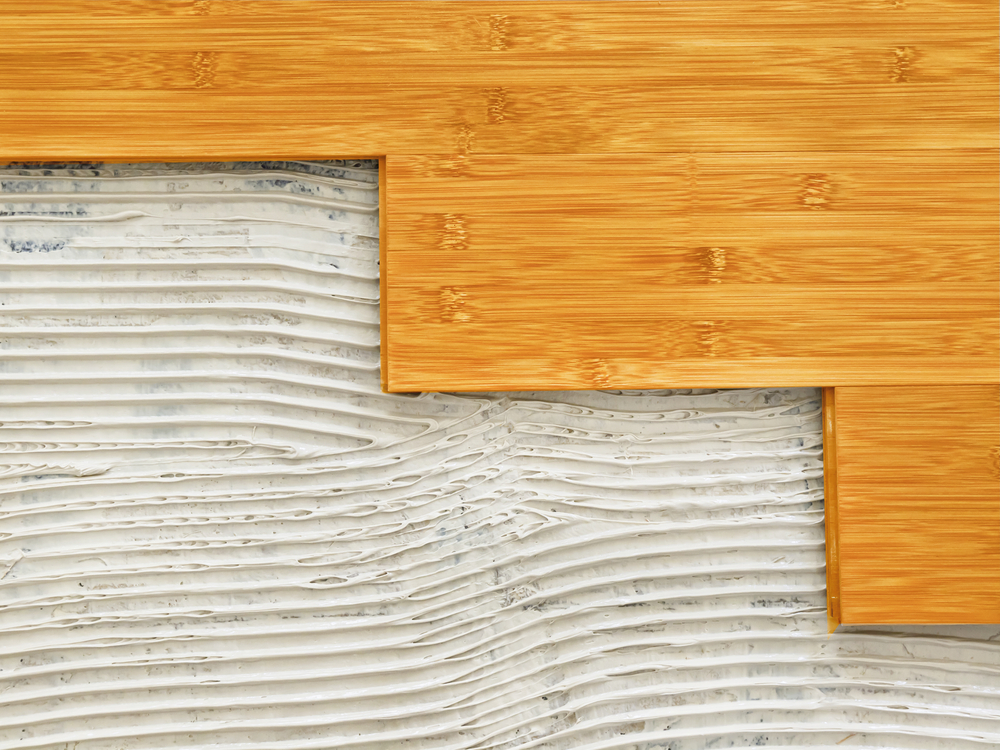
Note: THE FOLLOWING IS A GUIDELINE ONLY. CAREFULLY READ THE MANUFACTURER’S INSTALLATION INSTRUCTIONS THAT COME WITH YOUR PRODUCT BEFORE BEGINNING THE INSTALLATION.
How to Install Bamboo on a Wood Subfloor
Important Considerations
Before you order flooring, make sure you add at least 5% to the actual area size you are going to cover. The industry standard for allowable small defects, mis-milling or mis-grading is 5%.
Read the Manufacturer’s Warranty carefully before installing the product.
As a general rule, all installed strips will be considered accepted by the installer and/or homeowner. So, sort through the product first before installing to ensure it meets your expectations. You cannot return planks once they are installed!
Installation Requirements
- Gypsum joints must be completed and dried.
- Concrete work must have been completed at least 45 days prior to installation.
- The heating system must be functional and the building must be heated up to 21°C (70°F) for a minimum of 7 days immediately prior to installation.
- The relative humidity of the building must be between 40% and 45%.
- Plywood humidity (subfloor) must not exceed 12%.
- Subfloor thickness must be a minimum of ¾”
- Particle boards or chipboards must not be used as the subfloor.
Before Installing
**Do not install bamboo flooring that has not been properly acclimatized to humidity conditions. Recommended acclimatizing time is 7 days minimum in rooms where the flooring will be installed. Try to disperse flooring as much as possible. If this is not possible, make smaller stacks, break boxes, and open ends. Before starting installation, check moisture content on several randomly picked samples.
- Make sure the wood subfloor (plywood) is properly attached to the joists to avoid creaking.
- Correct slight irregularities on the subfloor with a sander.
- All the nails and screws of the subfloor must be driven in properly.
- Remove baseboards and doorsills.
- Cut 2cm (9/16”) off the bottom of the doorframes to insert the strips underneath them.
- Vacuum the subfloor regularly during installation to make sure it is always clean and dust free.
- A vapor barrier or felt paper (#15) placed between the subfloor and the strips will help keep the humidity content of the flooring more stable.
- 1 ¼” minimum length, 15-gage nails, or staples are recommended to fasten the floor.
Tools & Materials
- Measuring tape
- Miter saw
- Square
- Sawhorse
- Chalk line
- Handsaw
- Hammer
- Vacuum cleaner
- Crowbar
- Drill and drill bits
- Safety goggles
- Nail punch
- Level
- Hardwood hammer (manual or pneumatic) and rubber hammer
-
Other tools and accessories may be necessary depending on site configuration and type of installation.
Installation Guide
Step One: Size up the room.
Locate the longest wall of the room where the product will be installed. This wall must be perpendicular to the joists. The flooring strips must be installed perpendicularly to the joists.
Step Two: Allow for an expansion joint.
Allow for a 13mm to 19mm (1/2” to 3/4”) expansion joint between the wall and the flooring strips. This joint will be hidden by a baseboard or quarter round.
Step Three: Plot out your course.
Draw a guide line with a chalk line. The guide line must be parallel to the wall. Calculate its distance from the wall as follows: expansion joint + strip flooring width + tongue width.
Step Four: Begin the first row.
Nail the first row by drilling holes on top of the strips first. The holes must be drilled 13mm (1/2”) from the side of the strip and 25cm (10”) from center to center. Also, drill holes on top of the tongue at a 45 degree angle. Using spiral roll shank nails, fix the first row of strips making sure you are aligned with the chalk line. Use a nail punch to hide the nails properly.
Step Five: Drill hole on the top of the tongue.
For the second row, drill holes on top of the tongue at a 45 degree angle and nail it with spiral roll shank nails. Use a nail punch to hide the nails properly.
Step Six: Cut the ends to the correct length.
To end a row, cut the strip at the correct length and use the remainder of the strip to start the next row. Do not forget to leave sufficient space for the expansion joint at the end of each row.
Step Seven: Avoid aligning end joints.
Make sure you carefully choose the strips to avoid aligning the end joints with those of adjacent rows. A minimum of 15cm (6”) must be allowed to avoid aligning the end joints.
Step Eight: Use hardwood hammer for subsequent rows.
Install subsequent rows using the hardwood hammer while respecting the rules for alignment joints and expansion joints. Nail the strips every 6” to 8”.
Step Nine: Once you reach the opposing wall, repeat step five.
When installing the last 4 or 5 rows, use of a hardwood hammer will not be possible because of the proximity of the adjacent wall. Proceed in the same way as you did for the second row at the beginning of installation.
Step Ten: Cut the last row.
You may have to cut the last row lengthwise. Fix it in the same way you did for the first row, that is, from the top.
Step Eleven: Touch up imperfections.
Once installation of the strips is completed, use a touch-up pen to fill nail holes and correct other imperfections.
Practical Tips
- When you install bamboo on a wood subfloor, it requires more care than a conventional floor to prevent damaging the floor’s finish during installation. Frequent use of a vacuum cleaner during installation is highly recommended to eliminate saw dust and wood chips.
- Place your tools on the plywood or on a piece of cardboard rather than directly on the hardwood floor.
- Verify frequently that the hardwood hammer works properly and make sure its base is clean. If the base is damaged or rough, place tape underneath it to protect your floor’s finish.
- To better hide the expansion joint around the room, cut the gypsum so that the wood can use that space as an expansion joint.
- Make sure the hardwood hammer is resting properly against the side of the strip before nailing. Inadequate positioning may damage the strips.
- If a nail is not driven in completely, use a nail punch and a conventional hammer.
- Save remaining strips after installation and store them in a proper place for future repairs.
Maintenance
-
- Use non-wax flooring cleaner to keep your floor in good condition. Use of conventional, domestic cleaners may permanently damage your floor’s finish.
- Never clean your bamboo floor with a wet mop or cloth. Water and wood are natural enemies.
- Do not wax your bamboo floor.
- Vacuum your floor frequently to eliminate the presence of solid particles (such as sand) which may damage and/or scratch your floor.
- Place protective felt underneath your furniture to protect your floor. Clean the felt regularly and replace it when necessary.
- When moving heavy furniture (fridge, piano, etc.), place a thick rug underneath furniture legs before moving.

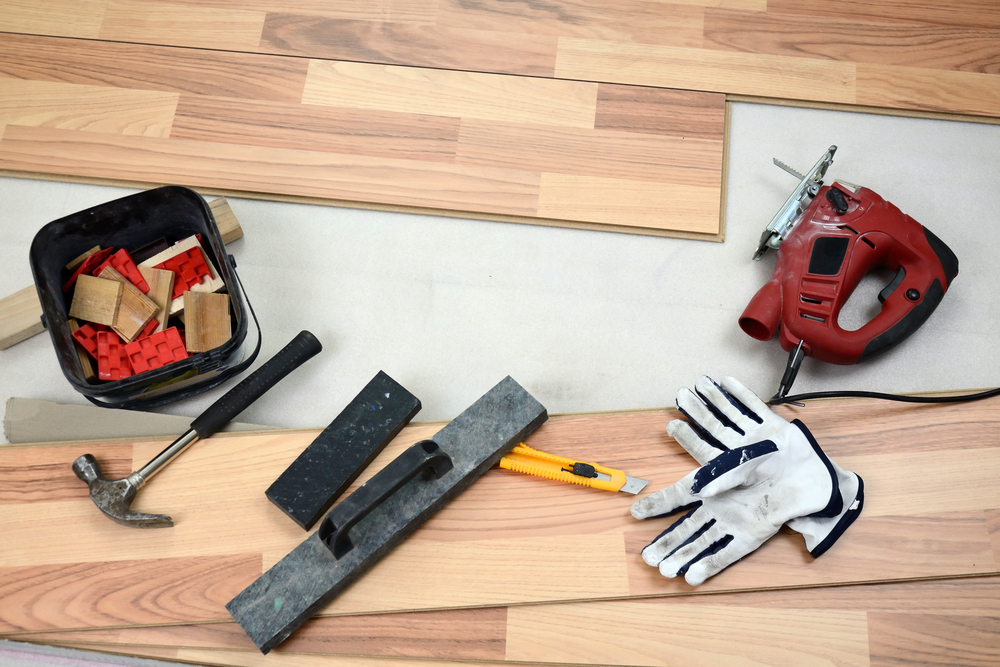
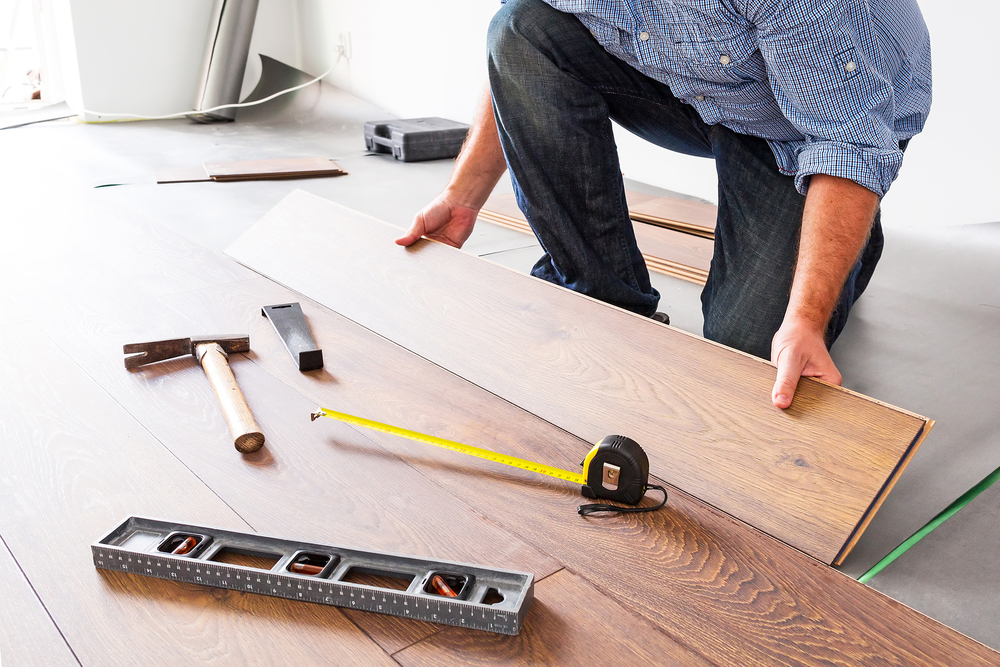

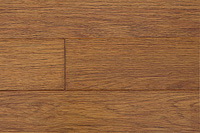
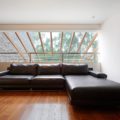
Kitty Elliott
We hired someone to install a bamboo floor in a house we own. Now the tenants tell me there is mold getting all over everything and their son who has asthma had 2 bad attacks since they moved in, about 2 or 3 weeks ago. I don’t think the man who put the floor down put a moisture barrier.
What can we do now? Do we have to have the entire flooring pulled up and if so can it be salvaged and resused???
Or is there some other way??
It was pur over part concrete and part wood.
I’d appreciate any advise you can offer.
Thank you.
Kitty Elliott
BuildDirect Product Expert Team
Hi Kitty,
Thank you for getting in touch! I’m sorry to hear about the issues you’ve been having with your flooring. You will probably need to get an inspector out to take a look at the floor and see what the issues are. You will also most likely have to pull up the entire floor and replace it if it really is moldy. The first step would be to figure out what is going on and what is causing the mold. Please let us know if there is anything else we can help out with!
Andrea
We just purchased @160sf of Yanchi bamboo flooring (horizontal, carbonated) in a garage sale. We are planning on installing it in a bedroom in a seasonal cabin in MN. Because the bedroom is above an unheated crawl space, we’ll put down a vapor barrier. We are planning on using the nail down method since the subflooring is plywood.
Do you foresee any problems with installing bamboo in a seasonal cabin which is unheated in the winter?? Temperatures during the year inside the cabin could be anywhere from -30* in the winter to 90+* in the summer.
William Flederbach
I would like to see the answer to Mike’s question. And see a pictoral of the 45 degree drilling through the toung.
mike
What size of spiral shank nails is recommended and what size drill bit do you pilot with?? Yes and where do you buy these at? I have asked hardware store people they try to sell me ring shank nails. whats up?